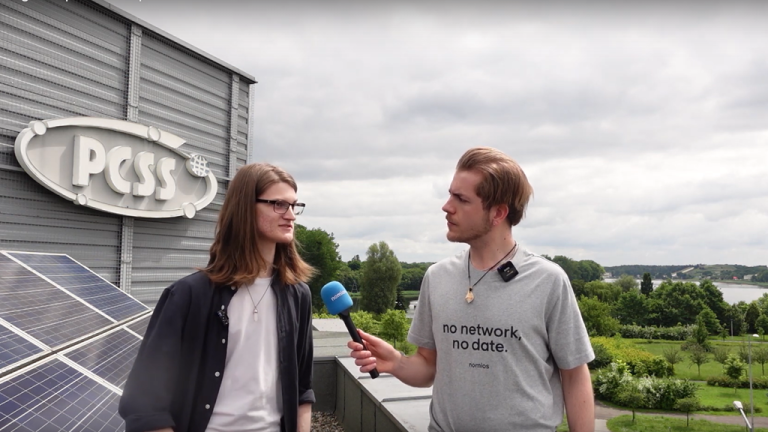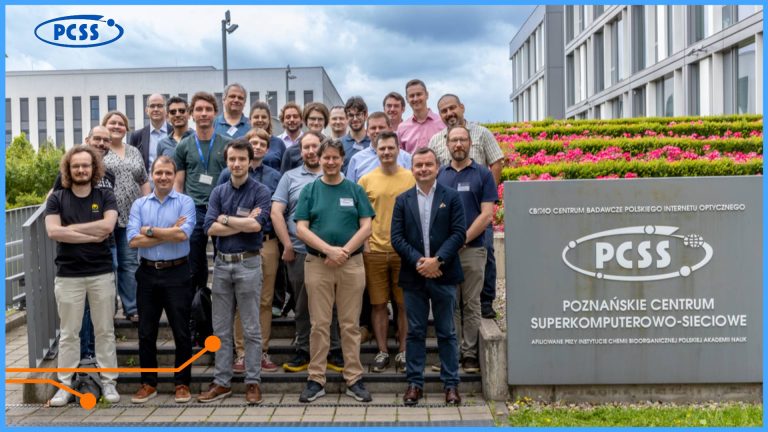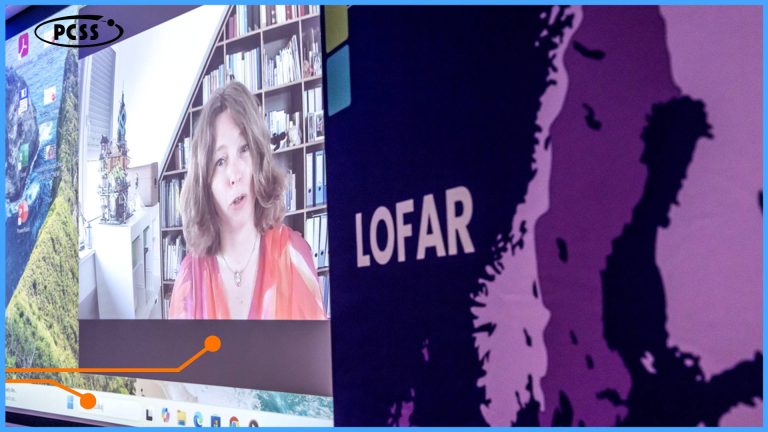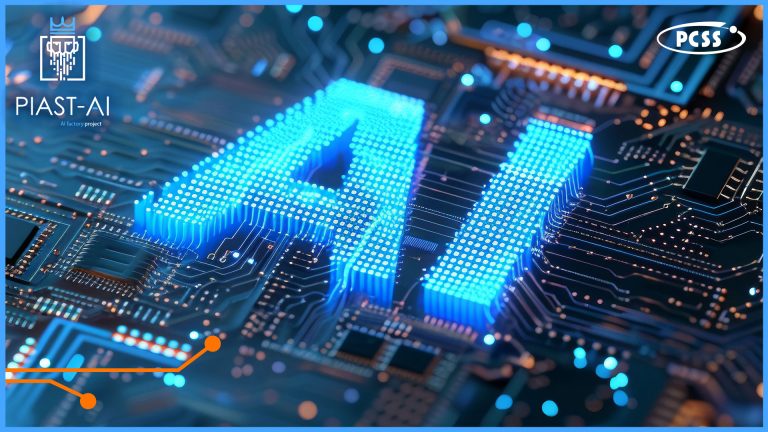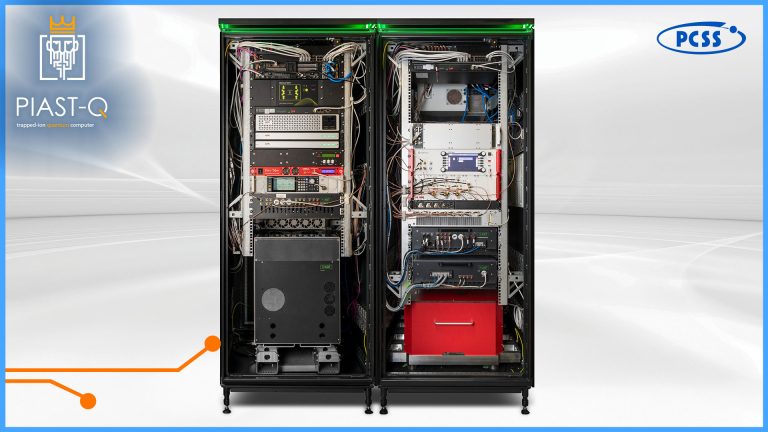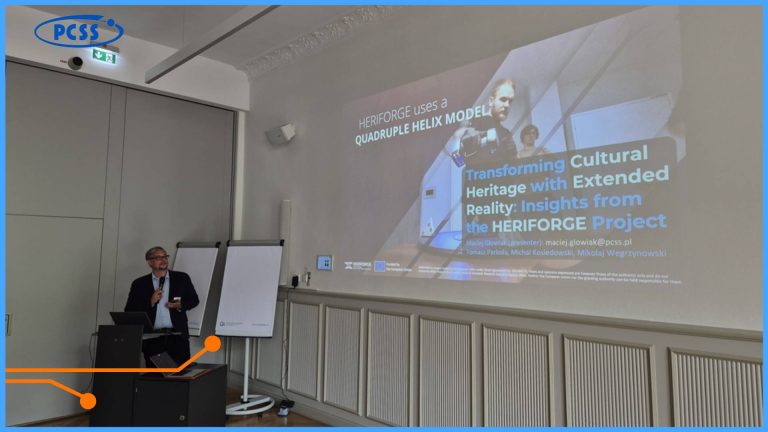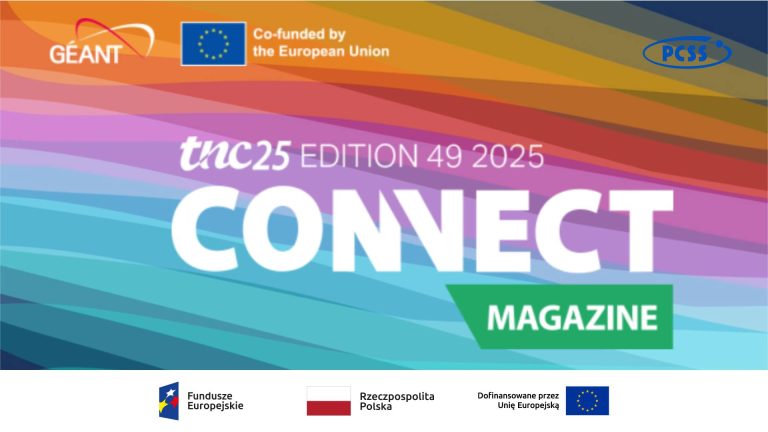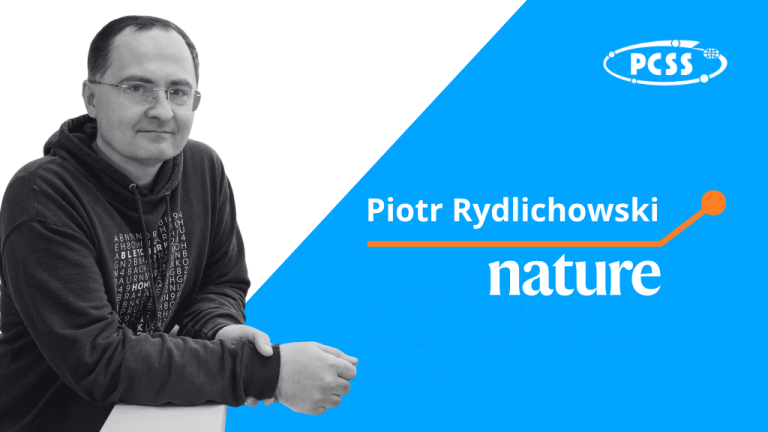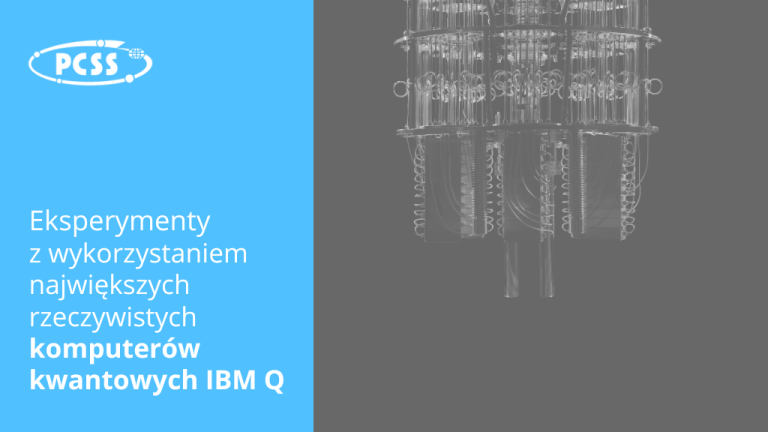In early 2024, the LOFAR ERIC consortium was officially established, which includes Poland, includes Bulgaria, Ireland, the Netherlands, Germany and Italy. The consortium will work on the European Low Frequency Array European Research Infrastructure.
LOFAR is the world’s largest system of radio telescopes located in different parts of Europe (including the Netherlands, Germany, Poland and Sweden). The system currently consists of 52 stations linked by a very fast internet connection. LOFAR was initiated by the scientific community of radio astronomers associated with the Dutch ASTRON Institute, and the beginnings of this project date back to the 1990s. The 38 stations working in the LOFAR system are located in the Netherlands. Another six are located in Germany, three in Poland and one each in Sweden, the UK, France, Ireland and Latvia.
The system is considered one of the most powerful research tools for physics and astronomy in Europe. In 2021, thanks to several years of work by scientists from all the stations, it was possible to produce the most accurate and largest radio map of the Universe, containing more than 4 million objects, of which about a million were new, including 25,000 black holes. The observations made it possible to detect tens of thousands of galaxies similar to our own Milky Way, even at the edge of the Universe. Based on the data in the map, a citizen science project has been launched to help find new black holes. The project is called Radio Galaxy Zoo: LOFAR, and was created mainly by Poles.
The founding members of LOFAR ERIC are Poland, Bulgaria, Ireland, the Netherlands, Germany and Italy. The Consortium has its headquarters in Dwingeloo, the Netherlands, and is hosted by the Netherlands Institute for Radio Astronomy. The ERIC consortium is a legal entity established by a decision of the European Commission.
LOFAR ERIC is entering the European Research Area as a leading infrastructure using state-of-the-art astronomical science and technology. It will provide astronomers with state-of-the-art observing and data processing capabilities: a large field of view of the sky, unprecedented sensitivity and imaging resolution, and innovative multi-directional observing capabilities. It will provide transparent access to a wide range of research services for scientists from around the world, fostering scientific collaboration and enabling large-scale innovative projects in a variety of scientific fields. These include the study of the properties of the distant young Universe, observations of galaxy formation and evolution processes, the physics of pulsars and transient radio phenomena, the nature of ultra-high-energy cosmic particles, or the study of conditions in the interstellar medium and the structure of cosmic magnetic fields.
Poland in LOFAR
The decision to involve Polish scientific teams in the development of the LOFAR system was a natural consequence of the international cooperation developed by the national radio astronomy community since the 1980s, including within the European and worldwide VLBI interferometric network. The unique research programme proposed by the Polish researchers, combining scientific and application objectives, was met with great interest by the LOFAR community. The declared willingness to build 3 stations of the LOFAR system in Poland meant that Polish scientists played an important role in the development and consolidation of the system from the very beginning.
The formal establishment of the national cooperation for Poland’s participation in LOFAR took place in 2007 with the establishment of the POLFAR consortium, consisting of 9 institutions:
• University of Warmia and Mazury in Olsztyn,
• Jagiellonian University in Krakow,
• Space Research Centre of the Polish Academy of Sciences in Warsaw,
• Nicolaus Copernicus Astronomical Center of the Polish Academy of Sciences in Warsaw,
• Poznań Supercomputing and Networking Center affiliated to the Institute of Bioorganic Chemistry, Polish Academy of Sciences,
• Nicolaus Copernicus University in Toruń,
• Wroclaw University of Environmental and Life Sciences,
• University of Szczecin,
• University of Zielona Góra.
The first three institutions built LOFAR stations in 2015: PL-612 in Bałdy (near Olsztyn), PL-611 in Łazy (near Kraków) and PL-610 in Borówiec (near Poznań).
In 2016, the Polish stations became a functional part of the LOFAR system and started to perform radio astronomy observations and space monitoring as part of the so-called LOFAR Key Science Projects.
The scientific results obtained by Polish radio astronomers thanks to their collaboration in LOFAR are of world importance, as evidenced by numerous publications, often in prestigious journals such as “Nature” or “Astronomy and Astrophysics”. Polish researchers actively participate in the most important projects for the development of LOFAR, which are funded by the European Union’s Framework Programme for Research and Innovation, Horizon Europe, and the Dutch Research Council (NWO).
The participation of the Polish scientific community in LOFAR has led to a leap in the competitiveness of the country’s research in astronomy and physics, resulting in the dynamic development of technologies for the collection, processing and transfer of large amounts of data. It has also made it possible to build a scientific team in the country capable of implementing large-scale international research projects.

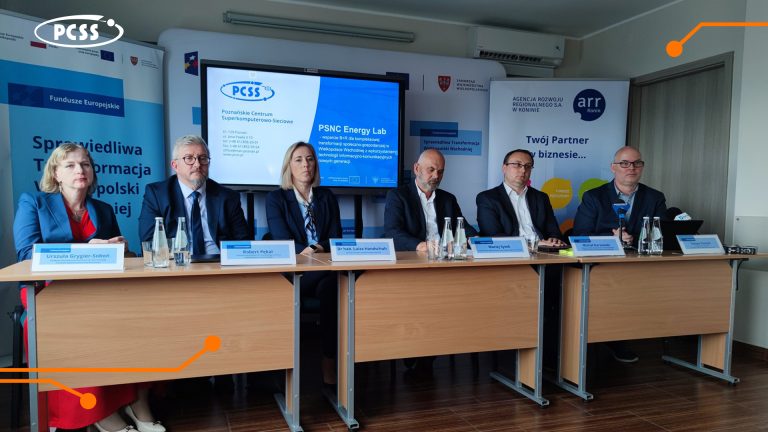



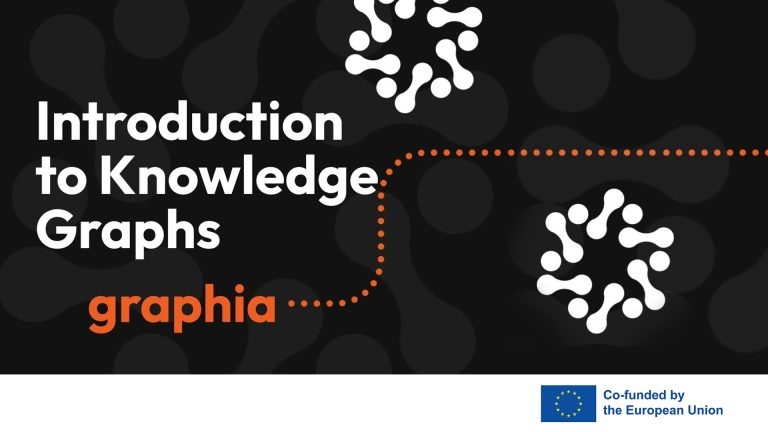
![The image displays the word "LUMEN" in a stylized, outlined font, with different letters connected by lines and arrows to various academic disciplines. The letters "L" and "U" on the left are linked to "Mathematics [Maths]" and "Social Sciences and Humanities [SSH]," while the letters "M," "E," and "N" on the right are associated with "Earth System Science [ESS]" and "Molecular Dynamics [MD]." The overall design suggests an interconnectedness of these fields, potentially illustrating the interdisciplinary nature of something represented by "LUMEN".](https://www.psnc.pl/files/2025/05/lumen2_EN-768x432.jpg)

